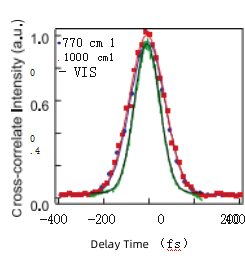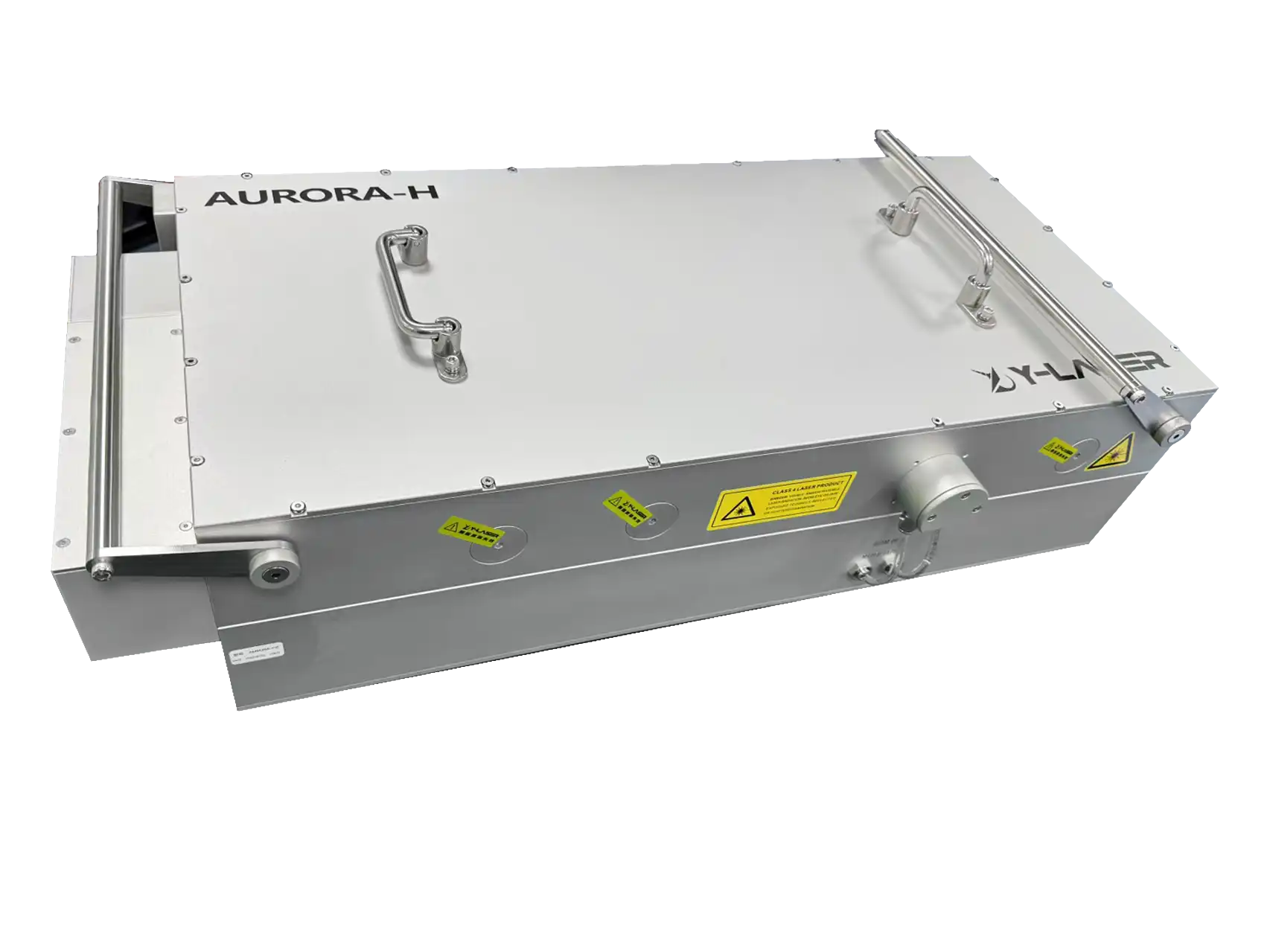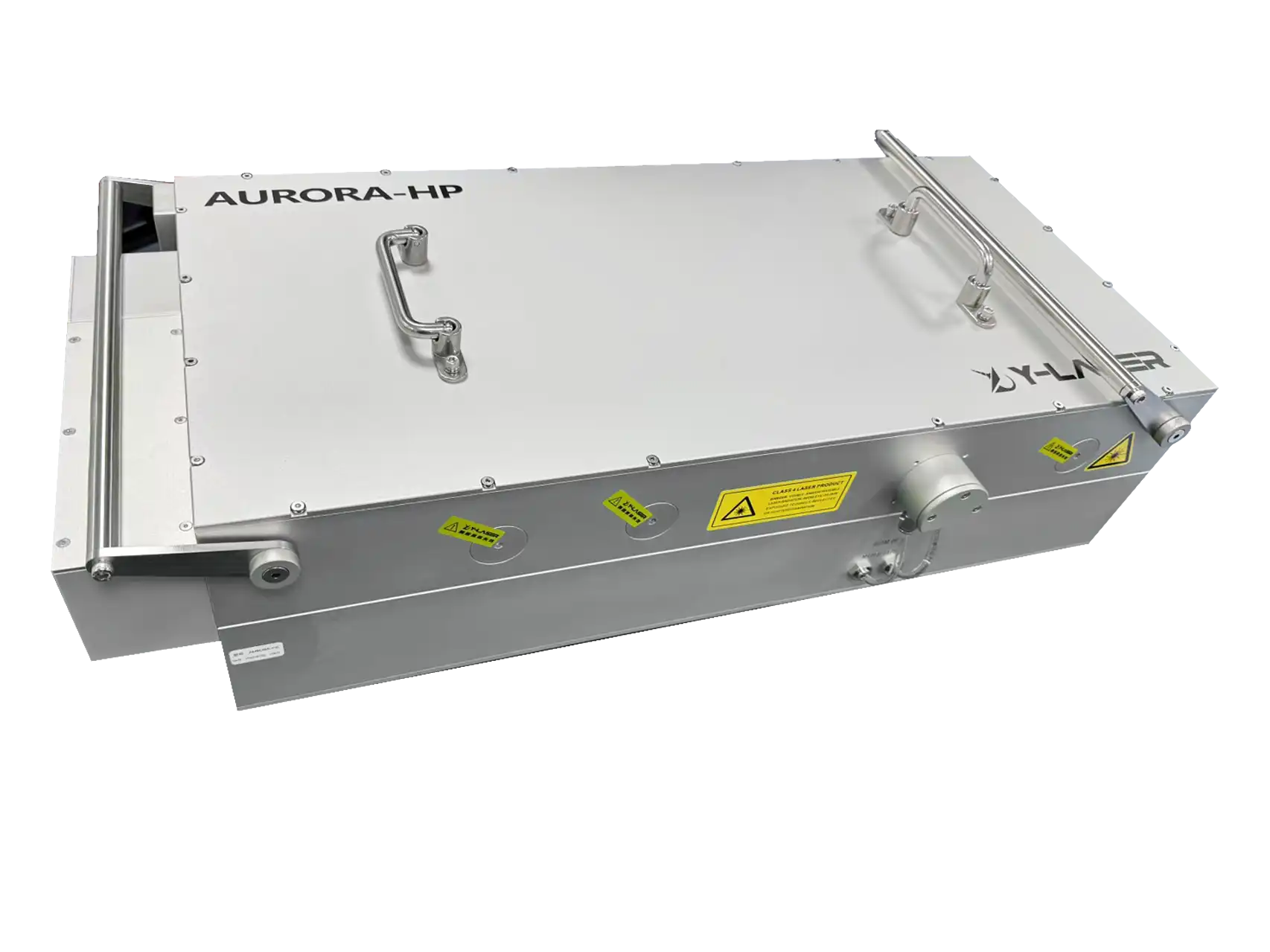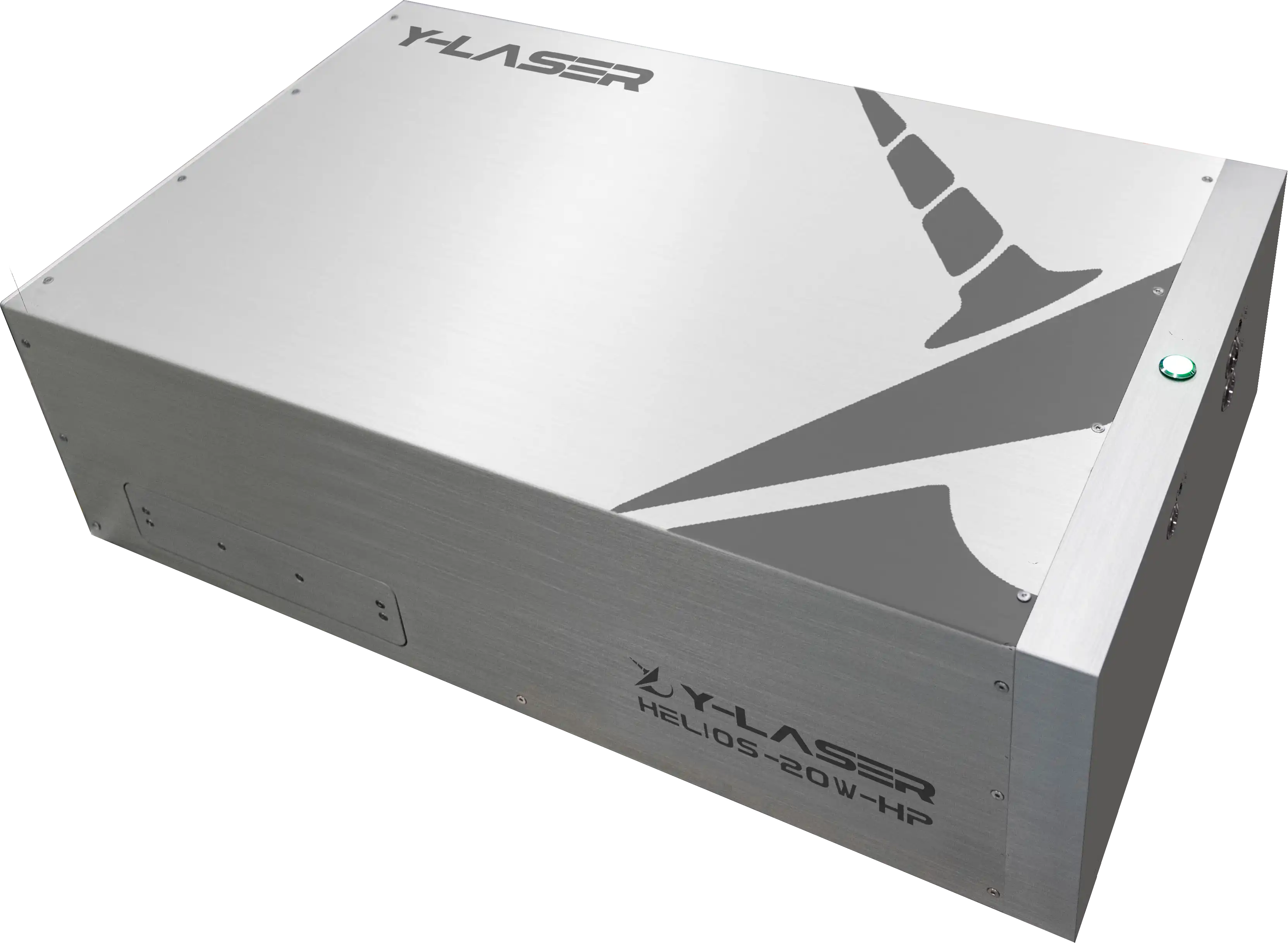In Sum-Frequency Generation (SFG) experiments, the combined use of infrared (IR) light and visible light is crucial. When these two beams intersect at the sample surface and satisfy the conditions of energy and momentum conservation, an SFG signal is generated. This signal is light with a new frequency, which is the sum of the frequencies of the IR and visible light, and it typically exhibits very high surface sensitivity.
As a surface-sensitive spectroscopic technique, the strength of SFG lies in its ability to provide detailed information about the outermost molecular layers of a sample. This characteristic makes SFG an ideal tool for studying molecular orientation and dynamics at surfaces and interfaces. SFG is widely applied in various fields, including the study of surface-adsorbed molecules, the analysis of interfacial chemical reactions, and the exploration of surface catalytic processes. It can provide deep insights into molecular orientation, structure, and interactions.


Figure 2: Pulse Characterization.
Left: Pulses used for frequency-domain SFG experiments, showing a narrow-bandwidth (FWHM 3.2 cm⁻¹) visible pulse and two low-frequency SFG spectra with the same visible pulse and infrared pulses.
Right: Cross-correlation of two infrared pulses at 1000 cm⁻¹ (10 µm) (squares) and 770 cm⁻¹ (13 µm) (circles) with a 100 fs visible pulse (intensity FWHM). The autocorrelation of the same 800 nm pulse is also shown (solid line).
In the field of biological sciences, SFG is widely used to study the behavior of cell membranes, protein adsorption, and other biomolecules at interfaces. For instance, SFG can be utilized to analyze the orientation and interactions of specific proteins on cell membranes, which is crucial for understanding the functions of biological membranes. Additionally, SFG can be applied to investigate molecules adsorbed on solid surfaces or liquid interfaces, such as reactants or products on catalyst surfaces, thereby providing a deeper understanding of the mechanisms of surface catalytic reactions.
Femtosecond lasers play a vital role in SFG experiments. Not only do they provide high-intensity and tunable light sources, but their broad bandwidth and high peak power also make them an ideal choice for generating effective SFG signals. These characteristics of femtosecond lasers help enhance the sensitivity and resolution of SFG experiments.
Moreover, femtosecond lasers enable time-resolved SFG experiments, allowing scientists to study the dynamic changes of processes at surfaces and interfaces. For example, in the study of catalytic reactions, time-resolved SFG experiments can be used to observe the adsorption of reactants, the reaction process, and the desorption of products on catalyst surfaces. This time-resolved capability offers a deeper perspective for investigating chemical reactions and physical processes, revealing the transient dynamics of surface and interface phenomena.
In summary, SFG technology, combined with the use of femtosecond lasers, plays a significant role in investigating molecular orientation, dynamics, and chemical reactions at surfaces and interfaces. SFG not only provides a powerful analytical tool for research in physical chemistry, materials science, and biological sciences but also contributes to the advancement of science and technology in these fields. As femtosecond laser technology continues to develop, the scope and depth of SFG experiments are expected to expand further.
References:
A. Sugiharto et al. "Generation and application of high power femtosecond pulses in the vibrational fingerprint region." Applied Physics B, 91 (2008): 315-318. https://doi.org/10.1007/S00340-008-2993-7.

 AI Assistant
AI Assistant


